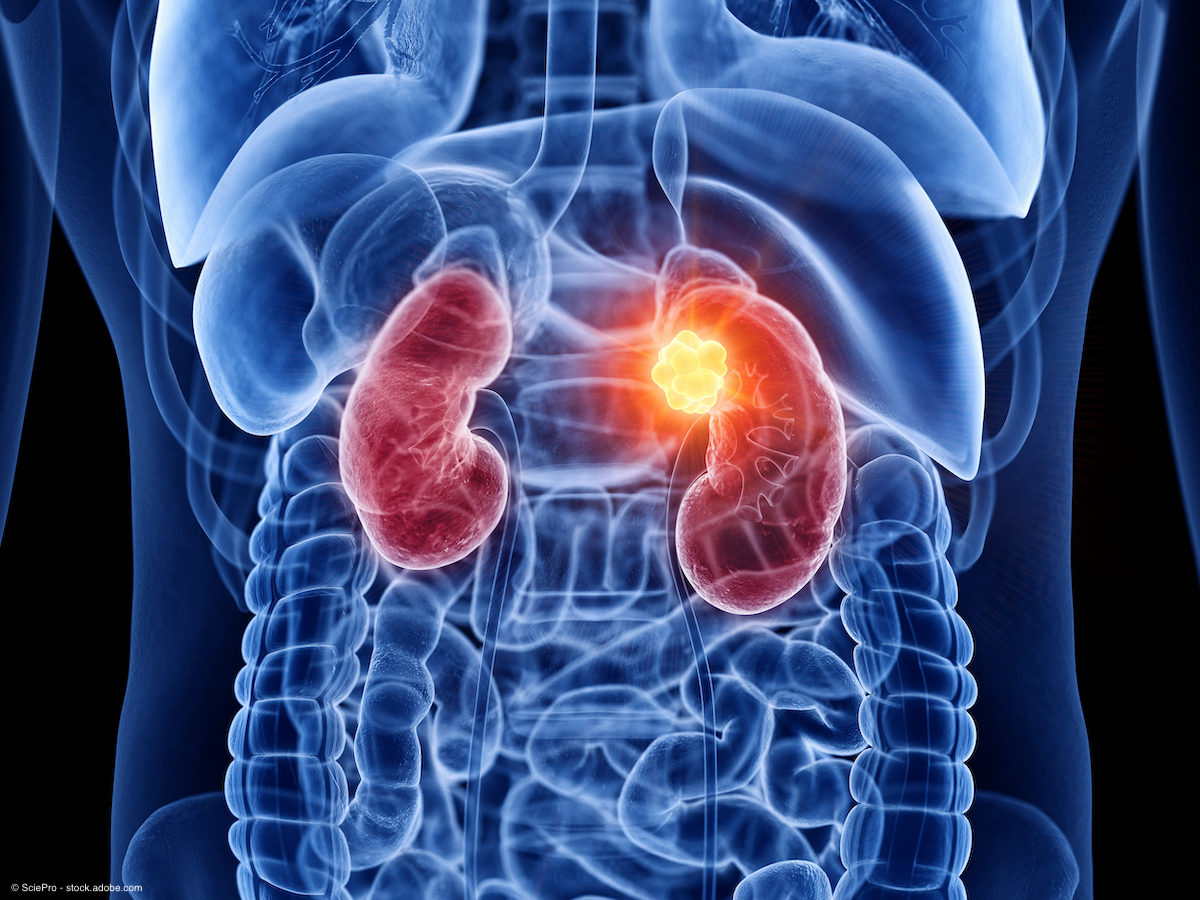Article
ZIRCON study of TLX250-CDx confirms imaging agent’s potential in renal cell carcinoma
Author(s):
TLX250-CDx PET/CT demonstrated a high degree of sensitivity (85.5%) and specificity (87.0%) for detection of clear cell renal cell carcinoma in patients with indeterminate renal masses.
Findings from the phase 3 ZIRCON study (NCT03849118) confirmed high specificity and sensitivity of the non-invasive TLX250‑CDx (89Zr-TLX250, 89Zr-DFO-girentuximab) PET/CT imaging agent for detection of clear cell renal cell carcinoma (ccRCC) in patients with indeterminate renal masses (IDRM).1,2
“New data reinforces the clinical potential of this investigational agent, even in small renal masses which are most prevalent and present the highest diagnostic challenge," says Peter F. A. Mulders, MD, PhD.

The additional results from the study were presented by lead author Peter F. A. Mulders, MD, PhD, during the “Game Changing” oral session at the 38th Annual European Association of Urology Congress in Milan, Italy. Mulders is a professor and chairman of urology at Radboud University Medical Center in the Netherlands.
“New data reinforces the clinical potential of this investigational agent, even in small renal masses which are most prevalent and present the highest diagnostic challenge, with remarkable consistency across readers. On behalf of Telix, I'd like to thank all the European sites and patients for their participation in this ground-breaking study,” said Mulders in a news release on the findings.2
The open-label, multi-center study enrolled 300 adult patients with RCC scheduled for partial or total nephrectomy. Patients were given a single dose of TLX250-CDx IV (10 mg girentuximab) on day 0 and underwent PET/CT imaging on day 5 (±2 days). Primary outcomes for analysis were sensitivity and specificity.
TLX250‑CDx PET/CT demonstrated a high degree of sensitivity (85.5%) and specificity (87.0%) in patients with an IDRM overall. Positive predictive value was at least 91.7%, and negative predictive value was at least 73.7% among all patients. Accuracy was found to be higher than 85.6%. Results confirmed the optimal maximum standardized uptake value threshold of at least 24.1 to distinguish ccRCC from non-ccRCC.
A secondary outcome analysis of patients with small masses (defined as < 4 cm) found sensitivity to be 85.5% and specificity to be 89.5%.
Expression of carbonic anhydrase IX (CAIX) on histology was also compared with imaging results. Investigators found that patients with PET+ ccRCC had a higher CAIX expression compared with patients with PET- ccRCC (P <.05).
In total, there were 263 adverse events (AEs) experienced among 124 patients. Of those, 2 AEs of mild intensity were related to the treatment.
References
1. Mulders PFA, Shuch BM, Pantuck AJ, et al. 89Zr-DFO-girentuximab for PET/CT imaging of clear cell renal cell carcinoma – results from a phase 3 ZIRCON study. Presented at the 38th Annual European Association of Urology (EAU) Congress. Milan, Italy. March 11, 2023. Accessed April 20, 2023.
2. Telix’s ZIRCON phase III kidney cancer imaging study presented in “game changing” session at EAU. News release. Telix Pharmaceuticals Limited. Published March 13, 2023. Accessed April 20, 2023. https://www.prnewswire.com/news-releases/telixs-zircon-phase-iii-kidney-cancer-imaging-study-presented-in-game-changing-session-at-eau-301770710.html















